Pam’s Pictorama Post: For those of you not reading this in real time (or who missed yesterday’s post which can be found here) I covered the four Radio Girls novels which were subsequently served up as Campfire Girls novels, sweeping them into a decades long series of books which has its start in the early teens of the 20th century. The organization was founded in 1910, born out of camps in Maine and Vermont and in response to the Boy Scouts – realizing it seems the need for a nondenominational organization for girls.
The early volumes that I have read appear to take place in a somewhat nebulous part of upstate New York or New Hampshire. Girls schools seem to play a role in them and these must have proliferated in a way I wasn’t much aware of, boarding schools for middle and upper middle class girls which were a mix of academics and things like sewing and music.
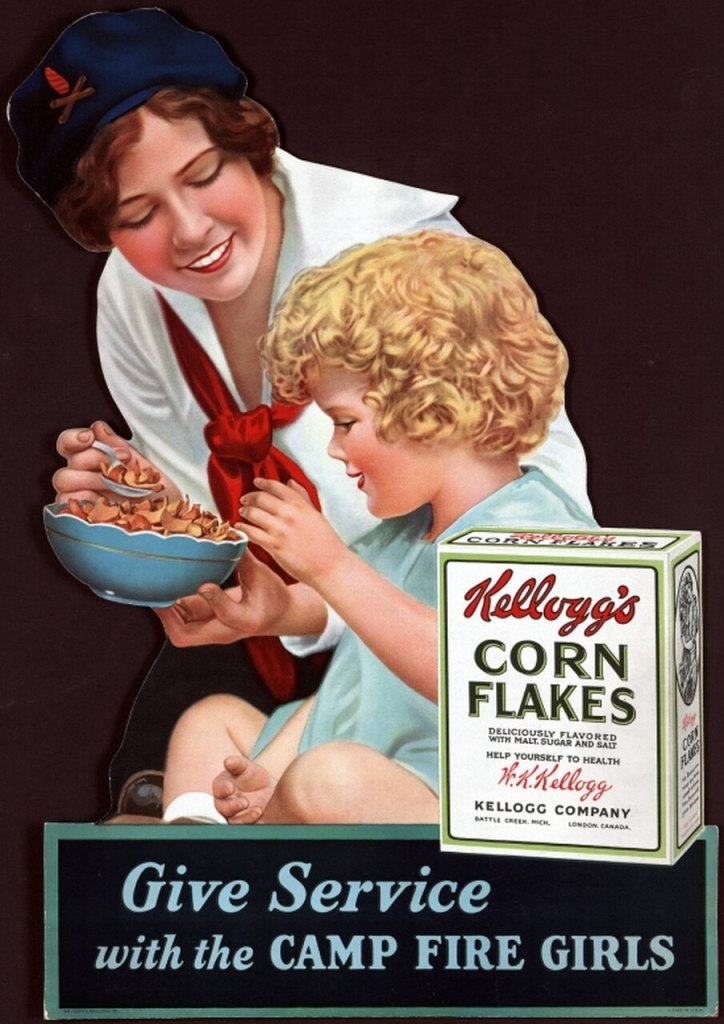
Wohelo is the Camp Fire Girl pledge (short for Work, Health, Love) and serves many purposes in the novels. People shouted it in the woods when lost or searching for someone (this happens a lot in these novels) or someone might use it somewhat slyly to let another girl know you too were a member. There are songs and poems attached to it and I gather an award that the group gives at the highest level as well. As far as I can tell from the books the group was heavy on all of the above as part of their ceremonies.
There are a few warnings from the start that I should probably post on these early editions. A profound but casual sort of racism exists throughout and, despite being a movement which in a sense promoted independence for women, a young women’s goals were still largely tied out to what kind of wife she would ultimately make. I can only say that these are products of their time. I am not sure I would promote them universally without caveat to young girls today.

I myself made a lousy Girl Scout – which is what we had locally in New Jersey. Camp Fire Girls was an exotic other which was not an option. I entered a Brownie Troop because I was expected to, as did my friends. I fretted about memorizing the damn chants they made you repeat (why always with the chanting? seems creepy now) wore a little brown dress, always somewhat ill fitting, and beanie dutifully to school on the designated day.
By the time I graduated to Juniors, I was even less enamored. We never seemed to get to the more interesting things in the guidebook like how to build a fire. And even then I was drawn to the early uniforms which were still available although they were in the process of morphing into bad 70’s remakes, my preference for vintage clothing rearing its head early. I liked the sash and the embroidered badges fascinated. My mother, who had made it up into Cadets during her own high school career, had been talked into be a troop leader for a small group at that elevated level and she told me that I was going to be in Girl Scouts if she was and I accepted my fate.
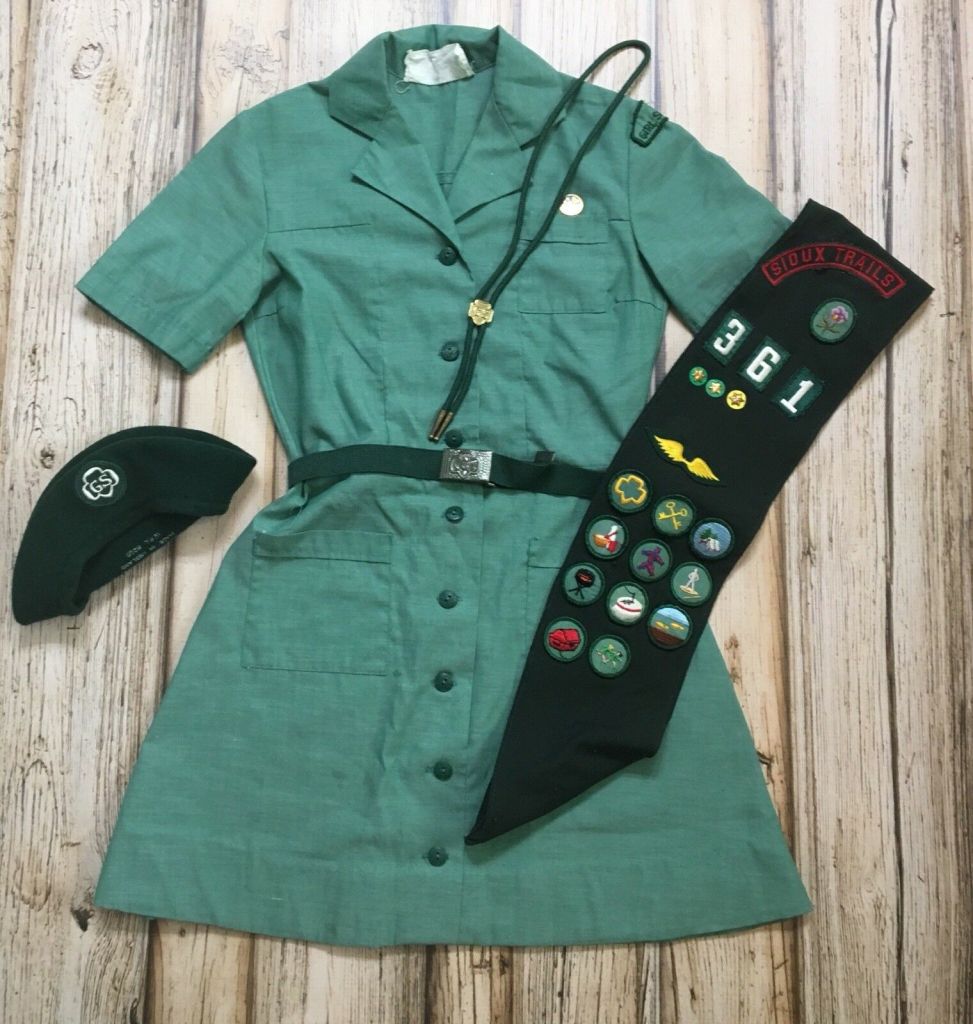
My friends remained in it as well and my specific memories of those middling years were that we did go to camp once – no idea where in the wilds of New Jersey. I used a sleeping bag my sister had acquired for something and had become what we used for sleepovers. It was an army green-brown and the inside was a print flannel – maybe fishing scenes? It was my sole experience of a sleeping bag until I crawled into a down version in Tibet decades later – far superior. My only real memory of camping was that it was much harder to make pancakes outside over a fire than at home and I was bad with a compass. We learned about Indian sand painting and this must have made an impression because it was brought back to me in detail when watching Buddhist monks performed a sand mandala ritual which seemed remarkably similar.

Other than that clutch of memories I know we met first in an ancient wooden building in town which was called Bingham Hall. It was probably built as a church originally and must have been used for other things, but I’m not sure I was ever much in it for another purpose. It was a single room building with a small stage and no other permanent features like chairs or pews. Later we met in a church basement and that introduced me to the smell of church basements (I come from a non-religious family and this was my only early introduction to churches at all) and that smell of cleaning fluid, paper and something else, that brings those meetings to mind immediately. As you can see, the Girl Scouts didn’t contribute much to my moral fiber or overall improvement.
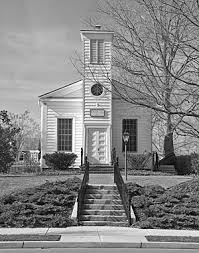
Nonetheless, the dawn of the 20th century was a different time and the idea of encouraging young girls to learn the skills needed to camp and to survive outside were downright controversial. It is years before women get the right to vote and even the need for more than a nominal education was a matter of debate. Very wealthy families had been sending their teenage daughters to European finishing schools and those existed in this country too. Colleges like Barnard (founded in 1889) and my own alma mater Connecticut College (founded in 1911) were somewhat experimental and controversial. One of the things that appealed to me about Connecticut College was its roots as an early women’s school which appeared to be born out of the Arts and Crafts movement and where wealthy families once sent their more creative offspring for secondary education.
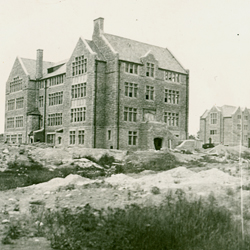
In the first few books of the Camp Fire Girls series (as far as I can figure out the order) Ethel Hollister is the protagonist whose family pretends greater wealth than they have so she can make a good marriage match. Belonging to the Camp Fire Girls shows her another path which ultimately leads her leaving her finishing school and instead enrolling at Barnard – ensuring that she can make a living on her own – or ultimately help to support her husband as she states. Her going to college is part of the controversy making up the plot of these books and it was considered odd of her which causes some of her former friends to snub her. The series of four novels ends with most of the young women engaged or married.
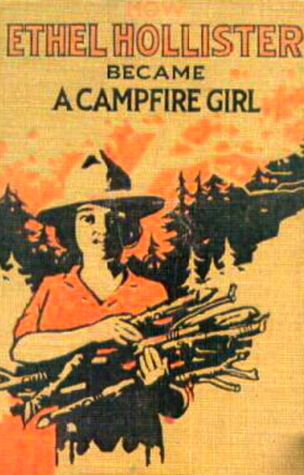
There is an air of this around the early Campfire Girls and the Arts and Crafts movement seems to define its aesthetic as well as its roots in promoting the individual. In a volume from 1912 when a “camp home” is described it is in full blown Arts and Crafts style. It is therefore a bit frustrating when these independent young women drive home the point that these skills will ultimately make them better wives. This seems absurd today but is probably an important link in how women did gain their independence. These books are full of the fire of the converted however and in that sense it was a real movement.
The book series is odd in that, unlike the Stratemeyer Syndicate series I am familiar with main characters come and go. You get a few volumes devoted to a group of characters and then a new writer and new characters are introduced for the next few volumes. (Thus far all have been available on Google Play Books or other e-book sources and so far I do not own any of the actual volumes. They appear to be fairly available at low prices online from what I have seen however.) The underlying concept is very similar however and these volumes hew closely to laying out the tenants and driving home the concepts of the organization. These books are very much tools to bring new recruits to the ranks.
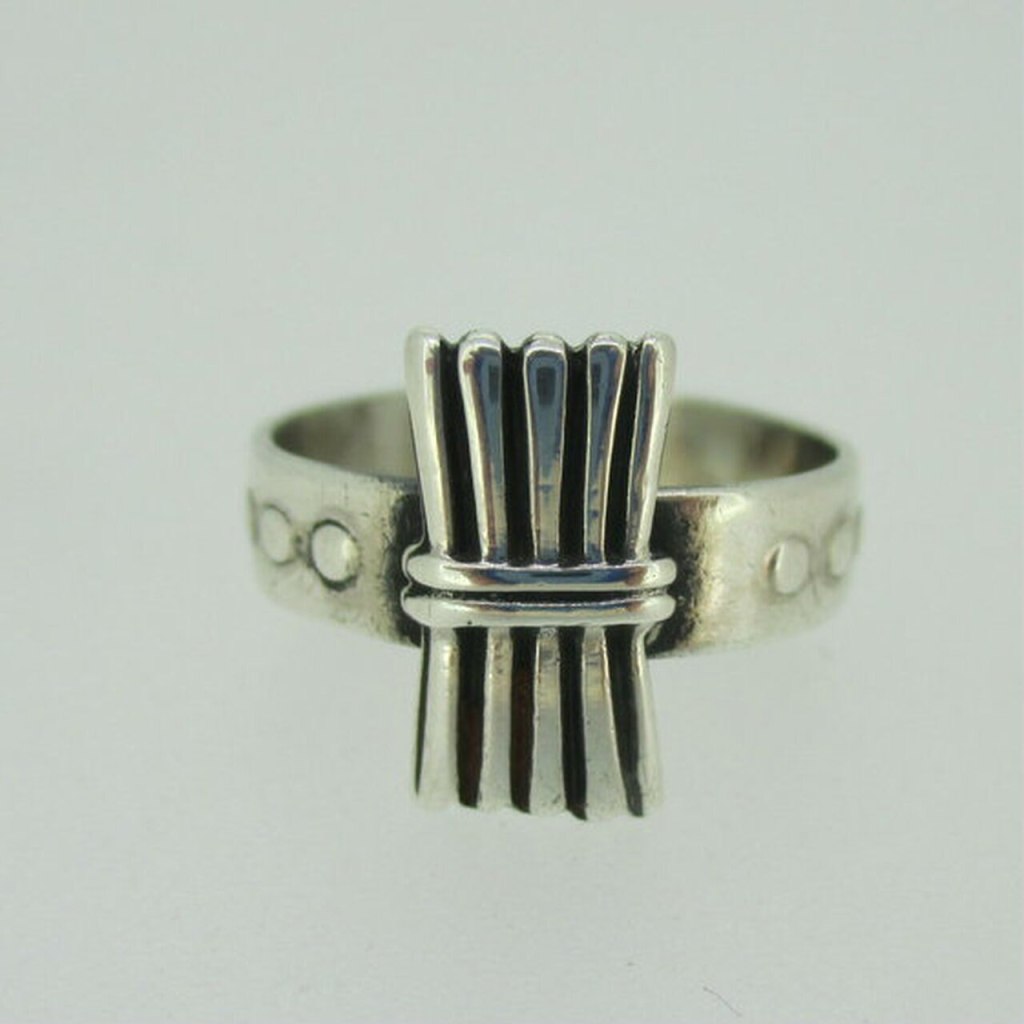
Now let me just say, the Camp Fire Girls had really cool stuff. It is described so lovingly in the volumes that I began looking it up immediately and they would have sold me on the splendid outfits and jewelry alone. What young girl wouldn’t be enamored of the silver ring symbolizing their entry point as wood gatherers? Shown above in its Arts and Crafts design glory, these are available in abundance online, showing how many women had them and kept them over time. A silver bracelet was to follow shortly as they became fire makers. I am saving that, the rather extraordinary outfits and some period photos for my next post devoted to this subject.
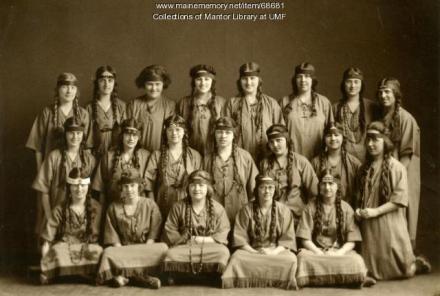
I love your posts !
LikeLike
Thank you! And glad you are enjoying them.
LikeLike